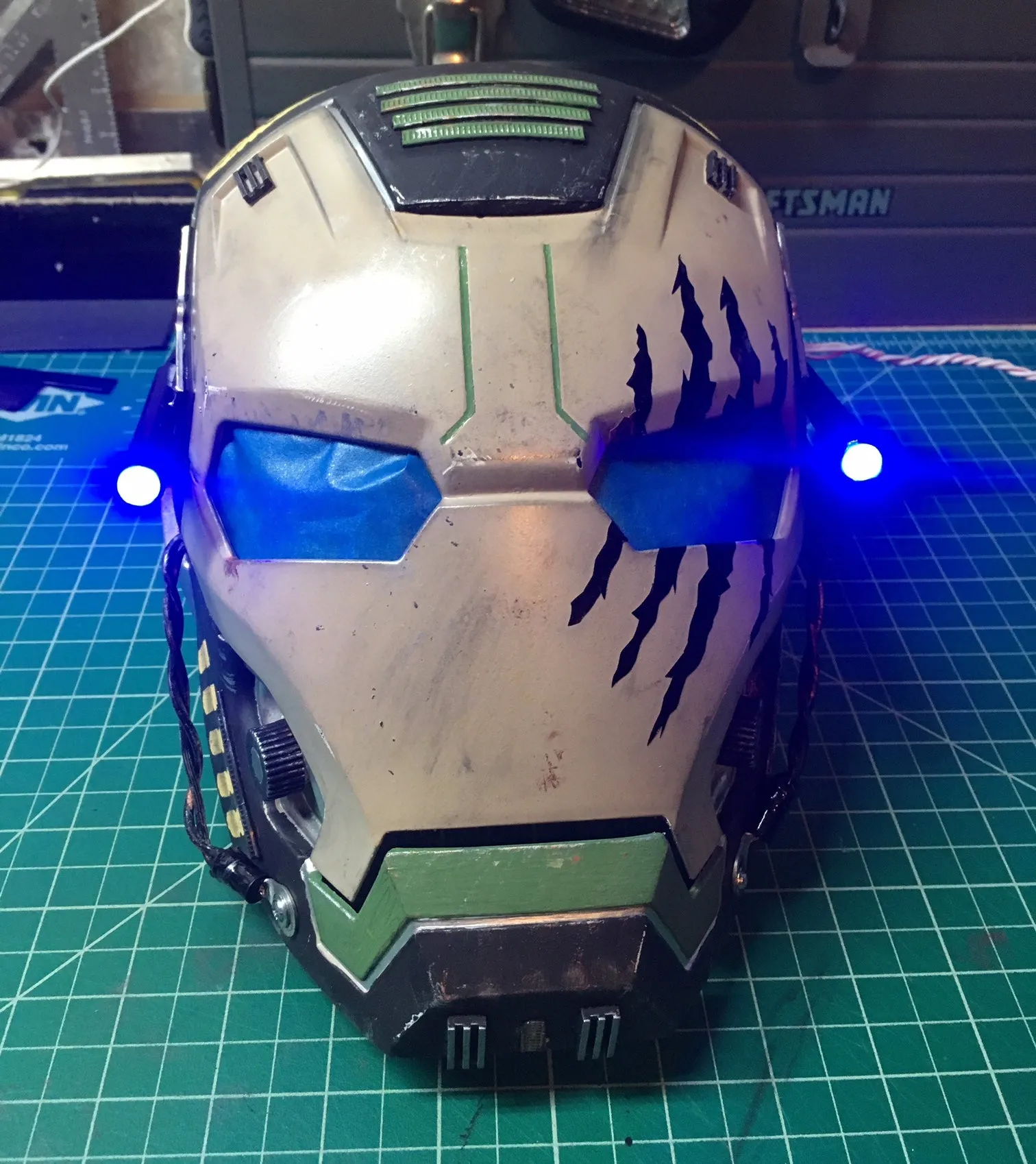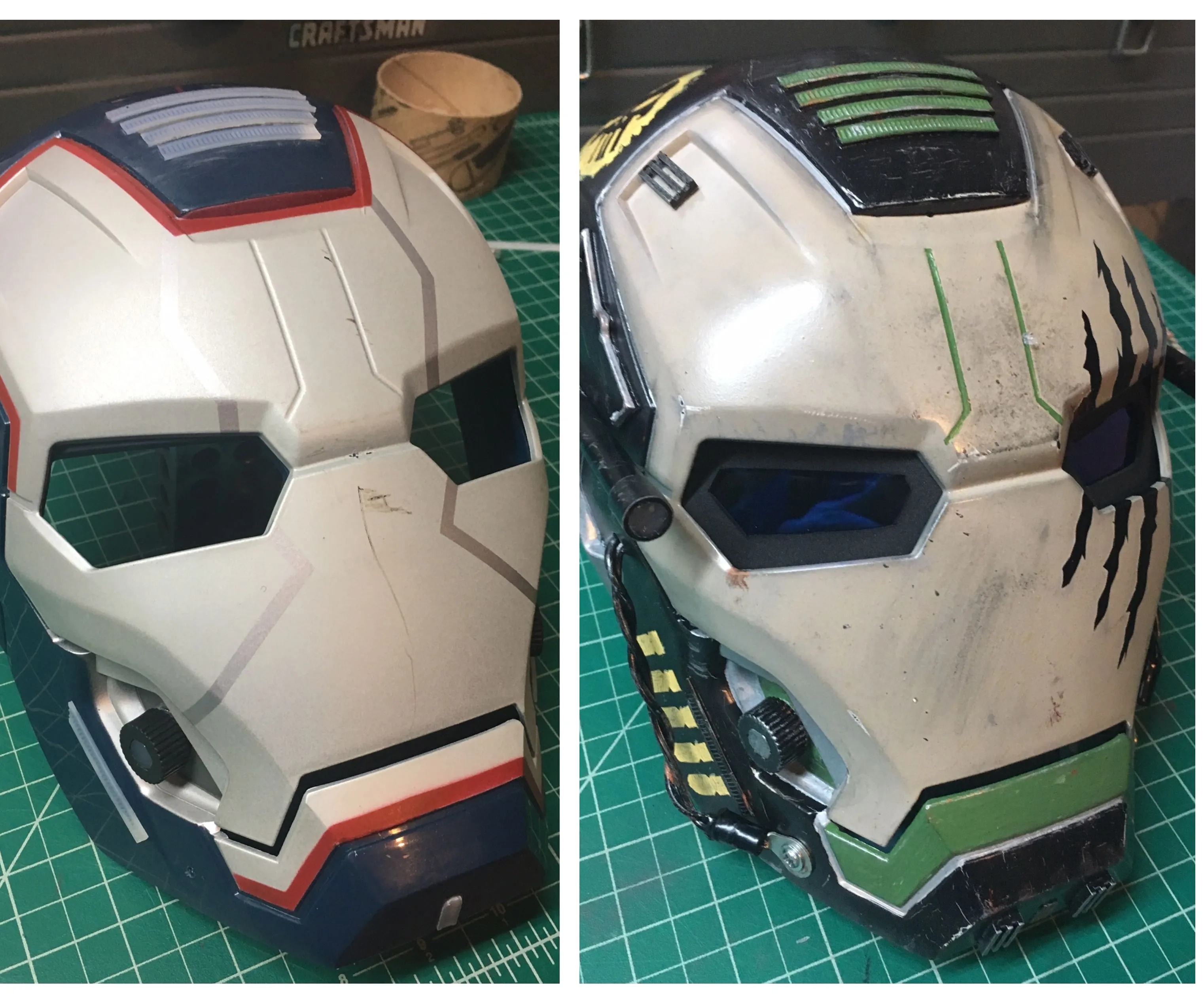Creating Enchanting DIY Outdoor Wind Chimes

As an artist who finds joy in the interplay of nature and handcrafted beauty, I’m always captivated by the gentle melodies of wind chimes. They possess a unique ability to transform a simple breeze into a symphony of soothing sounds. Today, I’d like to share a fulfilling journey of crafting your very own outdoor wind chimes, a project that promises both visual and auditory delight for your outdoor space.
Gathering Your Tools and Materials
Every artistic endeavor begins with assembling the right tools. For this project, we’ll be working with readily available materials, easily found at your local craft or home improvement store. Here’s what you’ll need:
Materials:
- ¾” EMT (steel electrical conduit) – offering durability against the elements.
- Twine, rope, or fishing line – for stringing the chimes.
- Wooden disks or boards – for the top support, striker, and wind sail.
- Heat shrink tube – to protect the twine from wear and tear.
- Eyelet screws – for secure attachments.
- Wood stain – to enhance the wood’s natural beauty.
- Sanding sealer – for added weather protection.
- Acrylic paint – to add a personal touch of color.
- Clear coat – to seal and protect your paintwork.
Tools:
- Pen, pencil, or marker – for marking measurements.
- Scissors or Xacto knife – for precise cutting.
- Tape measure, ruler, or calipers – for accurate measurements.
- Pipe cutter, hacksaw, or Dremel – for cutting the EMT.
- Sandpaper (150 & 180 grits) – for smoothing surfaces.
- Center punch (or a hammer and nail) – for marking drilling points.
- Drill & ⅛” bit (or size suitable for your twine and heat shrink tubing) – for creating holes.
- Clamps – to hold materials securely while working.
- Paper towels – for general cleanup.
- Paint brushes – for applying stain, sealer, and paint.
- Disposable gloves – to protect your hands.
- Rags – for wiping and cleaning.
- Respirator – for safety when sanding or painting.
Planning Your Wind Chime Symphony
Before diving into the creation process, it’s essential to envision the kind of melodic experience you want your wind chimes to deliver. Consider the desired length and diameter of the chimes, as these factors influence the tones they produce. For deeper, more resonant tones, opt for larger diameter tubes.
Expert Insight: Lee Hite, a renowned expert in wind chime design, offers a wealth of knowledge on his website, including pre-calculated charts for tube lengths and hang point dimensions for various materials. (http://leehite.org/ – click on the “Chime Design” tab).
Crafting the Chimes
With your materials prepped and a design in mind, let’s start crafting!
-
Cutting the EMT: Begin by cutting the EMT to the desired lengths using a pipe cutter, hacksaw, or Dremel. If you’re aiming for specific notes, refer to Mr. Hite’s charts for accurate measurements.
-
Marking and Drilling: Once the EMT pieces are cut, mark the locations for the hanging holes using a center punch or a hammer and nail. Ensure these holes are aligned according to the chart for optimal sound resonance. Then, drill the holes using an appropriate sized drill bit.
-
Smoothing and Polishing: To remove any rough edges and bring out the shine, sand the chimes with 150-grit sandpaper followed by 180-grit sandpaper for a smooth finish.
 Fadibja
Fadibja
Creating the Top Support, Striker, and Wind Sail
For the top support, striker, and wind sail, you can unleash your creativity! Use pre-cut wooden pieces or craft your own designs.
-
Staining and Sealing: Apply several coats of wood stain to your wooden pieces, allowing each coat to dry completely. For added protection against the elements, seal the wood with a sanding sealer.
-
Painting and Distressing (Optional): To add a personal touch, paint your wooden pieces with your desired colors. For a weathered look, consider sanding back some of the paint for a distressed effect.
-
Applying a Protective Clear Coat: Once the paint is dry, seal your work with several coats of clear coat for a durable finish.
 Iron Man Mask Repaint & Mod
Iron Man Mask Repaint & Mod
Assembling Your Wind Chime Masterpiece
Now comes the exciting part – assembling your wind chime!
-
Determining Chime Placement: Using Mr. Hite’s Excel spreadsheet, determine the optimal placement of your chimes on the top support disk. This step ensures that the chimes hang at the correct distances for harmonious sounds.
-
Stringing the Chimes: Cut lengths of twine for each chime. To prevent wear and tear on the twine, thread each piece through a heat shrink tube before threading it through the chime holes. Secure the twine to the eyelet screws on the top support disk.
-
Attaching the Striker and Wind Sail: Following Mr. Hite’s diagrams, hang the striker from the center of the top support disk, ensuring it hangs just below the longest chime. Attach the wind sail to the striker.
 DIY String Art Beach Sign
DIY String Art Beach Sign
Conclusion
Congratulations! You’ve now created a beautiful, handcrafted wind chime that will infuse your outdoor space with enchanting melodies.
As with any art form, don’t be afraid to experiment and add your personal touch. Play with different materials, colors, and designs to create wind chimes that reflect your unique style. And most importantly, enjoy the process of creating something beautiful and harmonious with your own two hands!
I encourage you to share your wind chime creations and experiences with our community here at Robert Kline Art. We’d love to see your masterpieces and hear the stories behind them. And for those looking for unique, handcrafted gifts, be sure to explore the diverse selection of artisan creations on our website.
